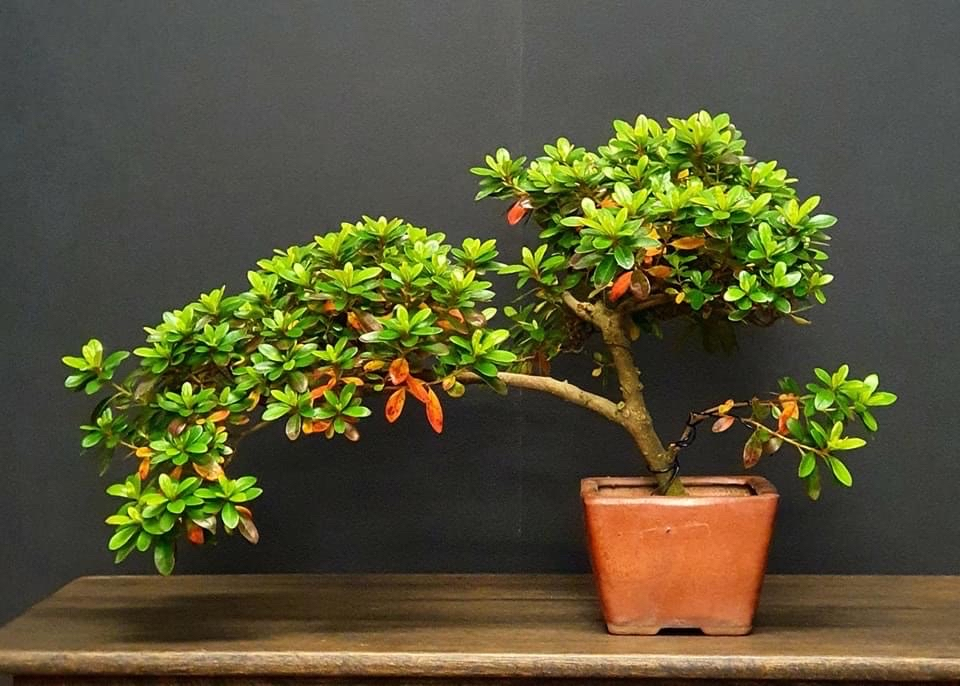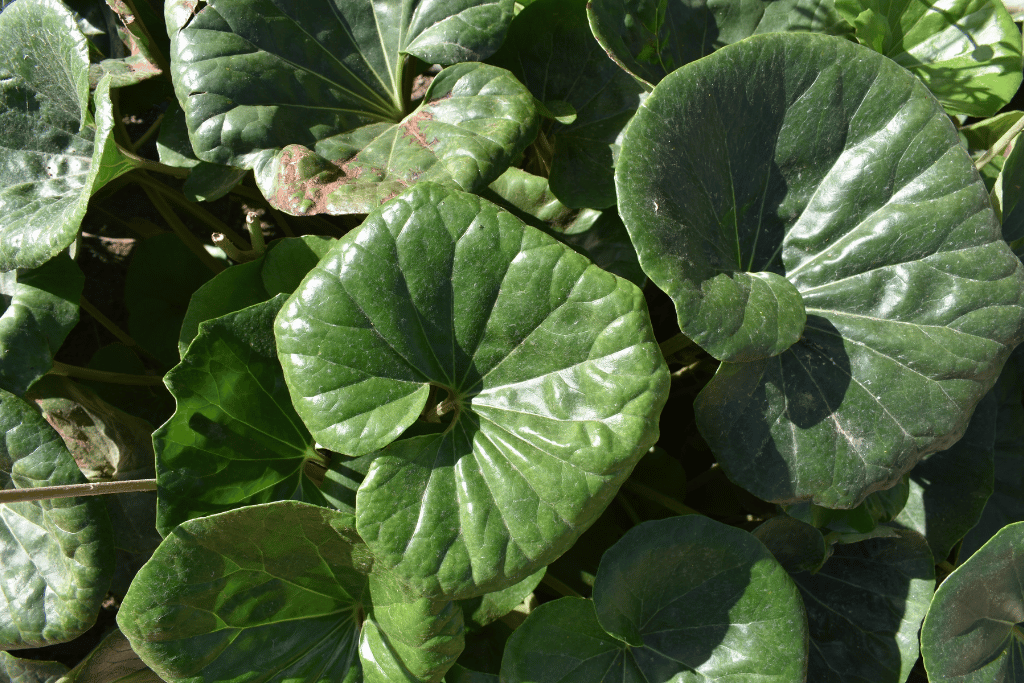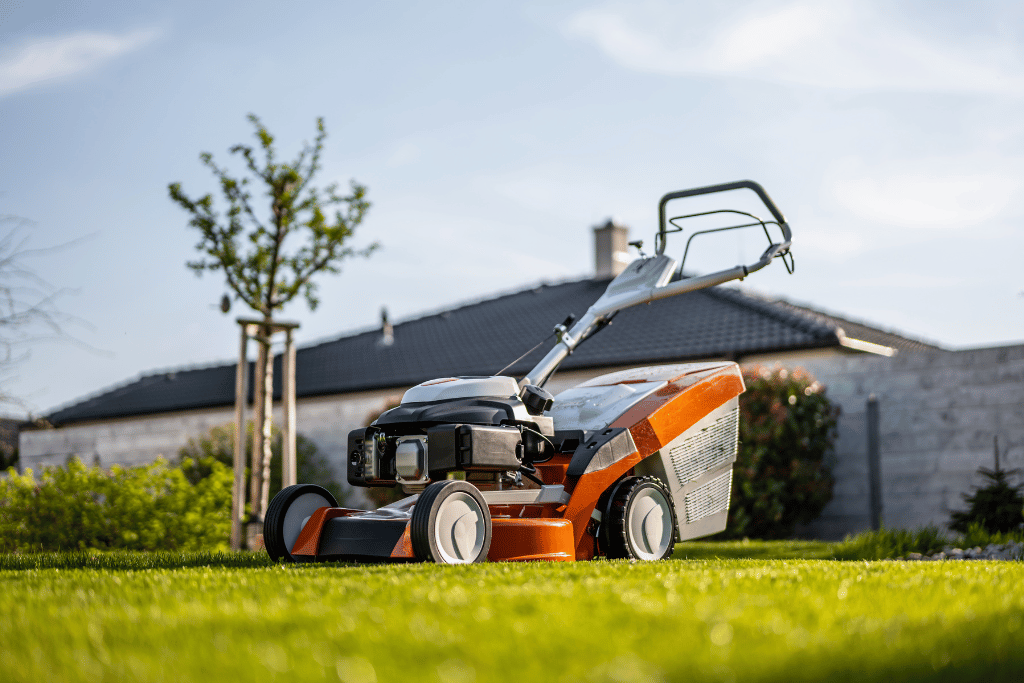Don’t panic! There can be several reasons your bonsai tree is yellowing – it doesn’t necessarily have to be bad. So, why is my bonsai turning yellow?
Bonsai is a term for a tree grown in a pot, usually pruned and repotted every so often. Bonsai has been an art for thousands of years and it started in China, then developed further in Japan – eventually reaching the rest of the world as we know it.
Yellowing leaves can signify autumn or your evergreen tree replacing its leaves. However, yellowing leaves could also indicate that your tree isn’t getting enough light or that it’s particularly stressed.
So, why is my bonsai turning yellow?
Changing of the Seasons
Most people will panic and jump to yellowing being quite bad – maybe they’ve made a grave mistake when caring for their bonsai! However – this might not be the case. You should note the time of the year – is it autumn?
If so, then it is most likely that the tree is shedding its leaves. Deciduous trees‘ leaves will turn yellow over time and shed them for winter, in a process called abscission. Evergreens do this, too – their leaves will also be yellow. Some of their leaves will shed and be replaced by new ones.

As you can see on my azalea above, there are a few yellow leaves on it. This was taken in December, and this is perfectly normal. It is simply shedding its leaves and replacing them with new ones.
Many people believe that bonsai trees are entirely different from ordinary trees in nature – however, this is not correct. Bonsai trees will go through the same processes as trees in nature – bonsai is simply a way of keeping an ordinary tree in a pot and maintaining its size and shape.
Take note, though, that if there is a large number of leaves or shoots yellowing, this may not be the cause. Instead, this could mean something else is causing it.
Stress
In previous articles, I have stressed that pruning is an excellent thing for your tree – however, it needs to be done at the correct time and in a reasonable amount. Otherwise, this will cause unnecessary stress for the tree.
This stress could lead to the yellowing of leaves, which may be the root of your problem. Different species have different times in which you should prune them; for example, Japanese maples should be pruned from November to January, as this prevents the bleeding of sap, which could damage or kill the tree – especially if it is not appropriately sealed. Meanwhile, species like junipers can be pruned in early spring, ideally before new growth starts.
Therefore, you should research your tree species and find out the best time to prune it, or you could even discuss it with locals in your area!
Stress can not only come from pruning, though – it can also come from the wiring. The wire left on too long will cause scarring on a branch or trunk, which can damage the bark and leave the tree prone to diseases that could weaken it, causing many more problems. It’s a perilous cycle that will get you asking ‘why is my bonsai turning yellow?’
When putting a wire on, you should always do a 45-degree angle between coils and check every few weeks to ensure the wire is not cutting in. When removing the wire, you should not try to uncoil it with your hands; instead, opt for some wire cutters, which should do the job much better. Trust me, being stabbed by some wire you’re trying to save is not worth the pain!
Yet another factor that causes stress is repotting. Many bonsai beginners will rush to repot their tree as soon as they get it – regardless of the season. I did this exact thing with my first bonsai tree, and it did not thank me at all. I was also wondering, ‘why is my bonsai tree turning yellow?’. It severely weakened the maple, and to this day, I’m pretty sure it still doesn’t forgive me.
You need to wait for the right time to repot – for many trees (primarily deciduous), this should be done in spring, just before growth starts. This will give the tree time to recover and ensure that it doesn’t have to endure a very long period of cold before the temperature begins to warm.
When repotting, you should be very careful with the roots too. They can be very fragile on some species, especially azaleas with delicate roots. It would be best if you didn’t cut off a lot of roots at once. Instead, you should work them down over the years if that’s what you’re aiming for.
Some species tolerate heavier root pruning than others, but some do not. Trees will normally tell you quite soon if you messed up in repotting, and it might encourage you to ask the question ‘why is my bonsai turning yellow?
Mineral Deficiencies
Bonsai sound very human-like, don’t they? Well, it turns out they can suffer from mineral deficiencies too. However, bonsai are a lot easier to treat than us!
During the growing season, bonsai should be given fertilizer regularly. I apply fertilizer around every ten days. To prevent mineral deficiencies, you should use a balanced fertilizer. Mineral deficiencies can and will lead to yellowing leaves; I have experienced it quite a bit, especially on my azaleas. A buildup of lime from the water can also cause this in azaleas.
Fertilizing too regularly will burn the roots of your tree, which will reduce water uptake and could lead to the death of the bonsai. If you accidentally over-fertilize your tree, try and take it out of the pot without damaging the roots and submerge it in water until there are no bubbles. This will hopefully drain out as much fertilizer as possible. You can also water the tree still in its pot; however, to err on the side of caution, I prefer the former method.
I recommend using fertilizers such as Naruko and Biogold, which have been used for decades and have been tried and tested – working with essentially any species. Any ordinary garden center fertilizer will do; make sure you check the NPK (Nitrogen, Phosphorous, Potassium) ratios to ensure that it’s balanced and you’re applying it at the right time.
You shouldn’t be applying fertilizer in late autumn – the tree isn’t putting on any growth during this season, and you’re wasting valuable fertilizer.
Light
Another major factor in the yellowing of leaves is the amount of light your bonsai tree receives. If it’s not receiving a sufficient amount of light, then it’s likely that the leaves will start to yellow. I’ve found this to be more common in indoor trees, as it can be pretty hard to ensure they’re receiving a good amount of light – however, this still definitely applies to outdoor trees.
Some species, such as azaleas, prefer partial shade to full sun, whereas junipers love being in full sun and can tolerate a lot of sunlight. Typically, I ensure that all of my outdoor trees receive at least 5-6 hours of daylight daily.
To get into the scientific side – chlorophyll is the pigment in leaves that makes them green. This requires photosynthesis, which requires light for the reaction to occur. Therefore, if there isn’t enough light, you’ll notice that the leaves will start to yellow due to the lack of chlorophyll, reducing the amount of light the leaf can absorb.
Some trees prefer indirect or direct light – but only a few people know what that means. Indirect light is light where the sun is not directly hitting it but still receiving light. Direct light is where the sun is hitting the tree. Some trees can’t handle direct light, though, as their leaves will burn quickly, leading to problems such as curling leaves or browning.
Frequently Asked Questions (FAQ)
Is it possible to revert the color of my tree once it’s turned yellow?
Once the leaves have turned completely yellow, it’s impossible to revert them to their original green color. The plant abandons the leaf and reabsorbs the nutrients from that leaf. However, in some cases, such as mineral deficiencies, the leaf may turn green again if treated soon. If you’re worried about the tree’s appearance, the yellow leaves should drop, which might eliminate some of the unsightliness.
What does it mean if the leaves turn brown?
If the leaves have turned brown, you should treat the tree immediately, as it could be a significant problem. Leaves turning brown can arise from a few factors, such as overwatering, underwatering, a lack of sunlight or too much sunlight, pests, or a lack of nutrients. In my experience, when this has happened, it’s primarily due to too much sunlight or underwatering. However, it might be different for you.
It’s not autumn yet, but my trees are still turning yellow!
As discussed, this could be due to the factors above, such as mineral deficiencies or stress, or Autumn may be arriving earlier in your area. Due to climate change, we are seeing a shift in seasons which means that some seasons can be extended – so do take this into consideration. Observe other local trees in your area, and see how they are behaving.
In Conclusion
This article should have answered the question as to why your tree might be demonstrating yellow leaves. When I first saw the leaves on my trees starting to turn yellow, I panicked quite a bit. However, my first response was to go to Google and look it up. This was the wise decision to make, and I luckily didn’t make any rash decisions that affected my trees. Hopefully, you haven’t, either!



